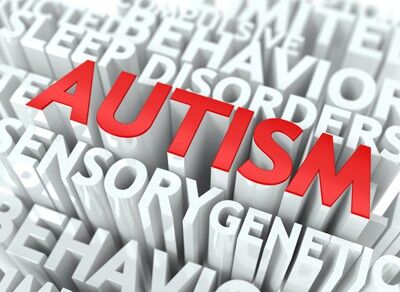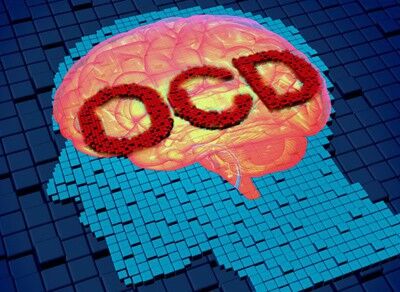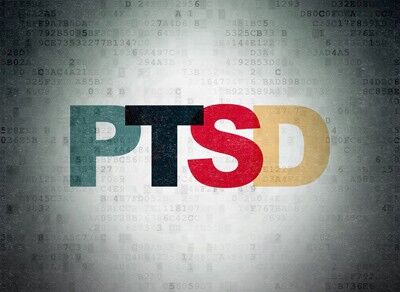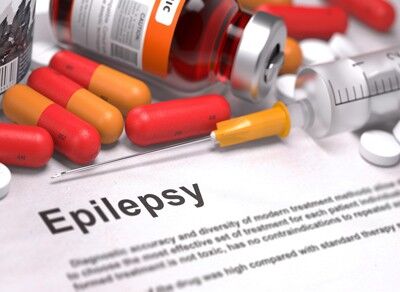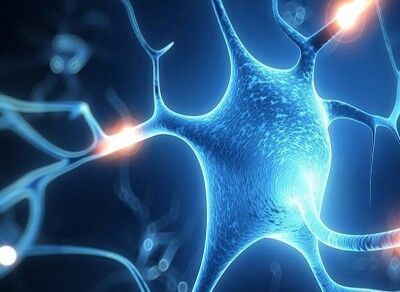Preventing and Eliminating Seizures with Neurofeedback Training
 Experiencing a seizure is frightening, not only for the individual, but family members and friends as well. Regardless if a person has just one seizure or experiences multiple events, it is imperative to seek medication attention. With this, a doctor will conduct appropriate testing to determine the cause, type of seizure, and any specific health risks. Based on the findings, a treatment plan will be determined.
Experiencing a seizure is frightening, not only for the individual, but family members and friends as well. Regardless if a person has just one seizure or experiences multiple events, it is imperative to seek medication attention. With this, a doctor will conduct appropriate testing to determine the cause, type of seizure, and any specific health risks. Based on the findings, a treatment plan will be determined.
Seizures are actually broken down into two primary categories based on brain activity and type of behavior. The first category is “Generalized Seizures”, which includes Grand Mal, Absence, Myoclonic, Clonic Tonic, and Atonic type seizures and the second category is “Partial Seizures” to includes simple and complex seizures.
Seizures within the “Generalized” category are the most common but also most severe. Of the six specific types, Grand Mall is the worst. With this type of seizure, an individual loses complete consciousness and experiences dramatic convulsions. The body stiffens for up to one minute, jerking motions occur, and then the person goes into an extremely deep sleep phase. This type of seizure is dangerous for two reasons – it can cause damage to the brain and there is risk for physical injury while thrashing around.
Seizures within the “Partial” category are quite different from those in the “Generalized” category. For instance, simple seizures are divided into four groups based on the nature of symptoms to include autonomic, motor, psychological, and sensory. Then for complex seizures, there is a marked impairment of awareness. While a person does not lose consciousness, there is a sensation of being out-of-touch.
Conventional Treatment for Seizures
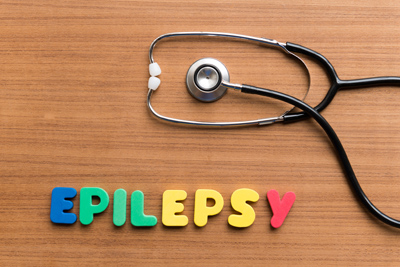 The same conventional treatments have been used for years in an effort to help people who experience seizures. Of course, the specific treatment or treatment combination depends on the type of seizure, the level of intensity, the individual, and any other health-related problems but for the most part, an individual is prescribed anticonvulsant or anti-seizure medication, which often produces unwanted side effects.
The same conventional treatments have been used for years in an effort to help people who experience seizures. Of course, the specific treatment or treatment combination depends on the type of seizure, the level of intensity, the individual, and any other health-related problems but for the most part, an individual is prescribed anticonvulsant or anti-seizure medication, which often produces unwanted side effects.
In addition to prescription drugs, anticonvulsant therapy, cognitive/behavioral therapy, and even surgery are used to control seizures. Unfortunately, all of the standard treatments currently used for seizures take time to produce positive results and in fact, some people become dependent on both medication and therapy for life. This means without the drugs and/or therapy, there remains a risk of having additional seizures. Obviously, this in itself creates challenges but more importantly, it compromises an individual’s quality of life.
Alternative Treatment for Seizures
 In the past several years, a new type of treatment has been introduced specific to seizures. Known as neurofeedback training, this alternative treatment has become one of the primary methods used for treating people with seizures. As a form of biofeedback, training has been shown to work so well that improvement is often seen after completing just one session. Rather than wait months or even years to see results, patients typically have fewer seizure episodes and when a seizure does occur, the level of intensity is diminished.
In the past several years, a new type of treatment has been introduced specific to seizures. Known as neurofeedback training, this alternative treatment has become one of the primary methods used for treating people with seizures. As a form of biofeedback, training has been shown to work so well that improvement is often seen after completing just one session. Rather than wait months or even years to see results, patients typically have fewer seizure episodes and when a seizure does occur, the level of intensity is diminished.
The benefits have become so apparent that neurofeedback training is now being used by medical doctors, therapists, and mental health professionals throughout the world, not only for seizures but a wide array of physical and psychological problems. Keep in mind that some people achieve improvement with neurofeedback training alone but the nice thing about this alternative treatment is that it can be used in coordination with the more traditional treatment options as well.
In addition to fewer seizures and of a lesser degree, neurofeedback training offers another key benefit of allowing patients to stop taking prescription medication. Obviously, this also eliminates any concern of side effects, as well as risk of other health-related issues that can develop from medication. There are multiple studies that support neurofeedback training but 18 in particular were conducted by leading experts, each validating this as a viable treatment option for people who suffer from seizures.
With this specialized type of training, a professional can identify the exact area of the brain where abnormal or unhealthy function responsible for seizure activity exists. Once the area has been identified, neurofeedback training is used to retrain that portion of the brain. Using continuous feedback, the brain begins to respond favorable and at some point, improper brain wave patterns stabilize. The result is that seizure activity and intensity lessens, allowing a person to gain back control over life.
The remarkable thing about neurofeedback training for seizures is that most patients achieve extremely fast results. As mentioned, it can take months, if not years for conventional treatment to work and unfortunately, for some people treatment is required for life. However, because a very specific area of the brain is actually retrained with neurofeedback training, improvement is quick and results long-lasting.



